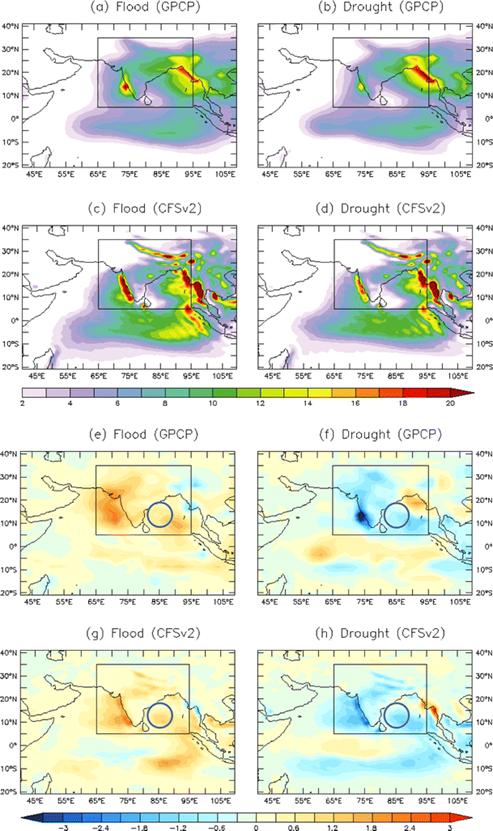Scientist Profile

Dr. H. S. Chaudhari
Designation
: Scientist F
Phone
: +91-(0)20-25904374
Fax
: +91-(0)20-25865142
Email ID
: hemantkumar[at]tropmet[dot]res[dot]in
| Degree | University | Year | Stream |
|---|---|---|---|
| Ph.D. | Pukyong National University, S. Korea | 2006 | Atmospheric Sciences |
| M.Tech. | Pune University | 2001 | Atmospheric Physics |
| M.Sc. | Pune University | 1999 | Physics |
| B.Sc. | Pune University | 1997 | Physics |
 Coupled Ocean-Atmosphere Dynamics
Coupled Ocean-Atmosphere Dynamics
 Asian monsoon and climate variability
Asian monsoon and climate variability
 Coupled Climate modeling with special focus on Asian monsoon
Coupled Climate modeling with special focus on Asian monsoon
 Weather prediction with spherical geodesic grids
Weather prediction with spherical geodesic grids
 Computational Aspects of Climate Models
Computational Aspects of Climate Models
| Award Name | Awarded By | Awarded For | Year |
|---|---|---|---|
| IMS Young Scientist Award | Indian Meteorological Society | Best paper published on Tropical Meteorology | 2013 |
| 25th Silver Jubilee award of IITM | Indian Institute of Tropical Meteorology, Pune | Best paper published in the year | 2012 |
| Best Poster Award (OCHAMP) | IITM Golden Jubilee International Conference OCHAMP | Best poster presentation | 2012 |
| Post Doctoral Fellowship | Pukyong National University, South Korea | Conducting Research | 2006-2007 |
| KMA Fellowship | Korean Meteorological Agency (KMA) | Conducting Research | 2005 |
| KOSEF Fellowship Award | Korean Science and Engineering Foundation | Conducting Research | 2003-2006 |
| Year | Designation | Institute |
|---|---|---|
| 2022-Present | Scientist F | Indian Institute of Tropical Meteorology, Pune |
| 2016-2021 | Scientist E | Indian Institute of Tropical Meteorology, Pune |
| 2012-2015 | Scientist D | Indian Institute of Tropical Meteorology, Pune |
| 2007-2011 | Scientist C | Indian Institute of Tropical Meteorology, Pune |
| 2006-2007 | Post Doctoral Researcher & Lecturer | Pukyong National University, Busan, South Korea |
| 2003-2006 | Ph. D. Fellowship | Pukyong National University, Busan, South Korea |
| 2003-2003 | Researcher | Indian Institute of Tropical Meteorology, Pune |
| 2001-2003 | Researcher | University of Pune, Pune |
Research Highlight

Influence of upper ocean on Indian summer monsoon rainfall: studies by observation and NCEP climate forecast system(CFSv2)
The excess and deficit ISMR clearly brings out the distinct signatures in sea surface height (SSH) anomaly, thermocline and mixed layer depth over north Indian Ocean. The differences are basically generated by upwelling and downwelling caused by the equatorial and coastal Kelvin and Rossby waves, thereby causing difference in SSHA and thermocline, and subsequently modifies the convection centers, which dictates precipitation over the Indian subcontinent region The presence of positive heat content anomalies over the BoB are favorable for the formation of low-pressure systems/monsoon depressions by enhanced convection . As a result, India gets widespread rainfall during flood years.


